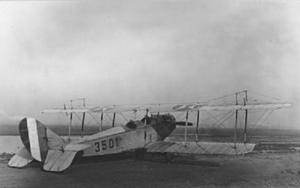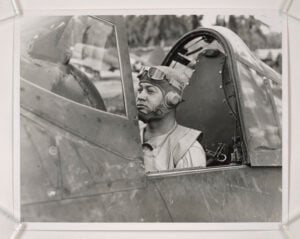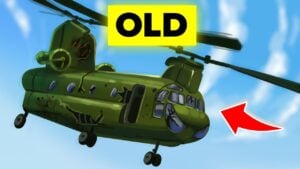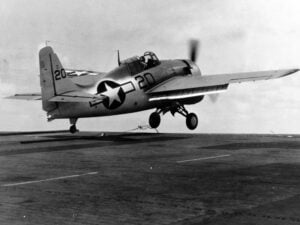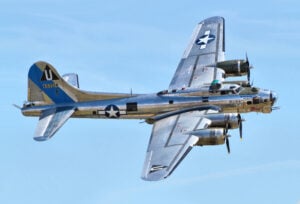5 Reasons Why This Was The Worst Plane Of WW2
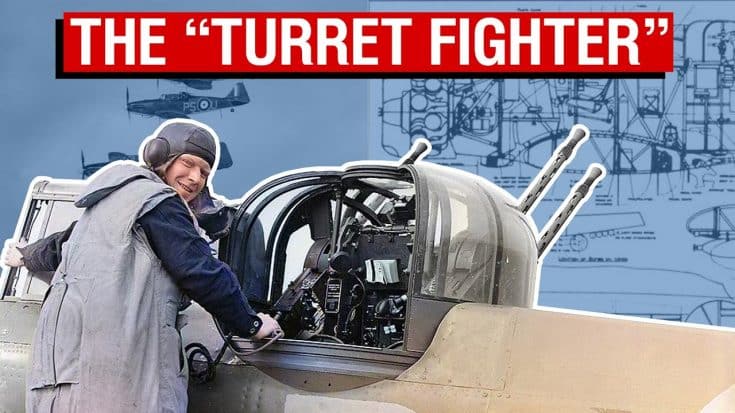
YouTube / Rex's Hangar
The Boulton Paul Defiant had a brief moment of success during its early days, but its inherent design flaws soon made it a liability. Here are five key reasons why the Defiant struggled in combat:
1. A Short Triumph
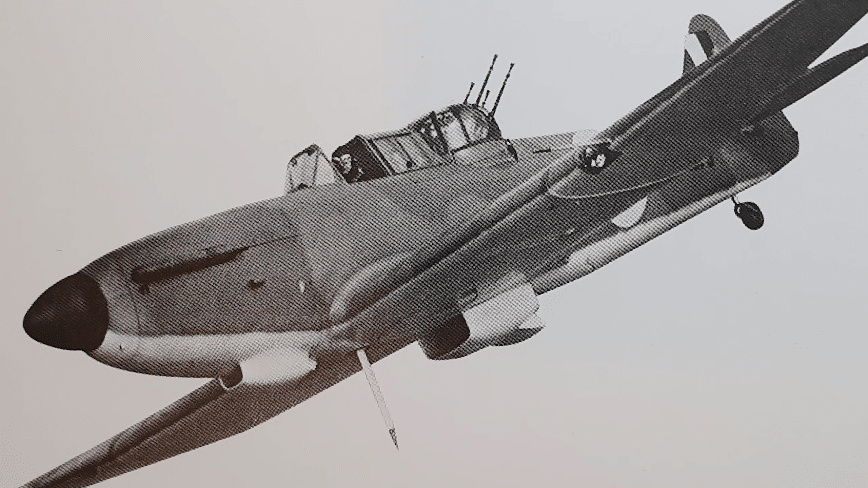
Initially, the Luftwaffe mistook the Defiant for the Hawker Hurricane and attacked it from the rear, unaware of its deadly turret. However, they quickly realized its vulnerability—approaching from the front rendered the turret useless. This tactic ended the Defiant’s early success.
2. Heavy Turret, Sluggish Speed
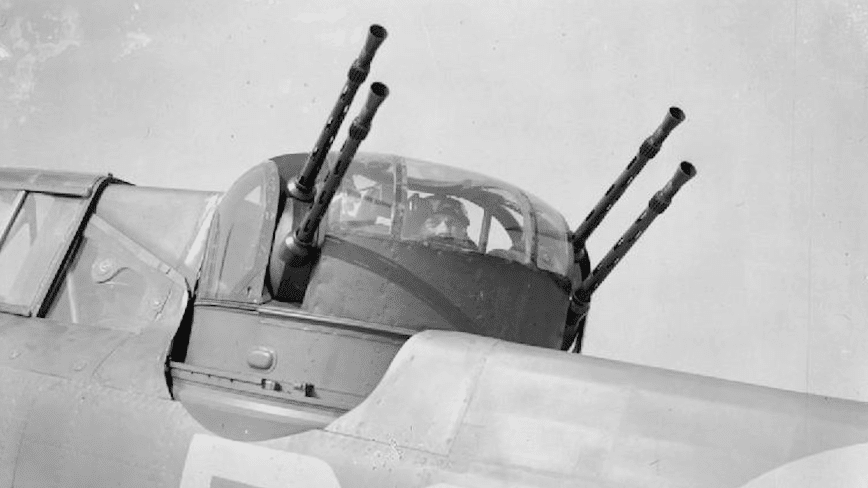
The rear turret added significant weight, making the Defiant 25% heavier and 100 mph slower than Germany’s Me-109s. This speed disadvantage left it highly vulnerable to enemy fighters.
3. Difficult Exits and “Rhino Suits”
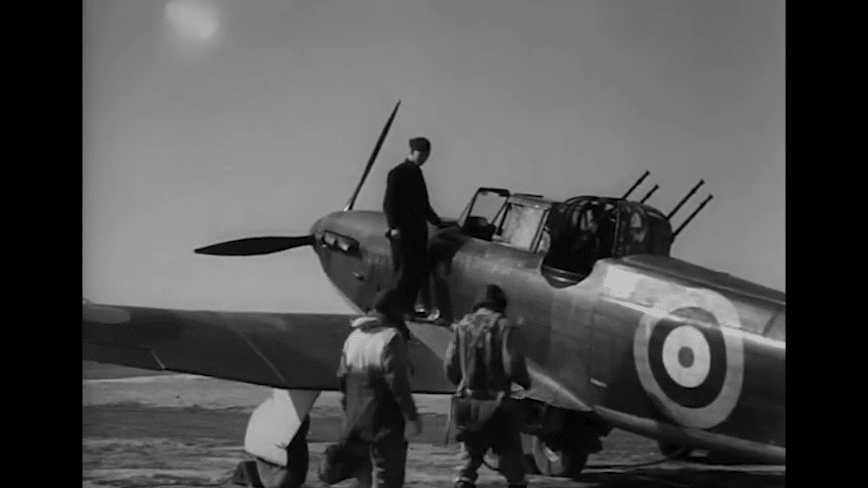
Turret gunners faced major challenges during emergencies. Exiting the aircraft required squeezing through side openings, and space constraints made it impossible to wear standard parachutes. Instead, they used awkward “rhino suits,” further complicating escape.
4. Lufbery Circle Defense
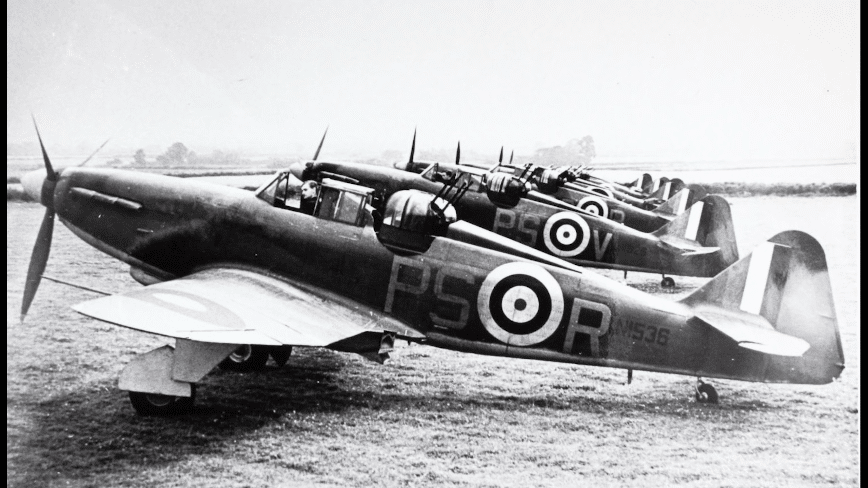
To mitigate its flaws, Defiant pilots employed the Lufbery Circle, a WWI-era tactic where planes flew in a horizontal circle, covering each other’s blind spots. While this strategy helped, it wasn’t foolproof.
5. Poor Radio Communication
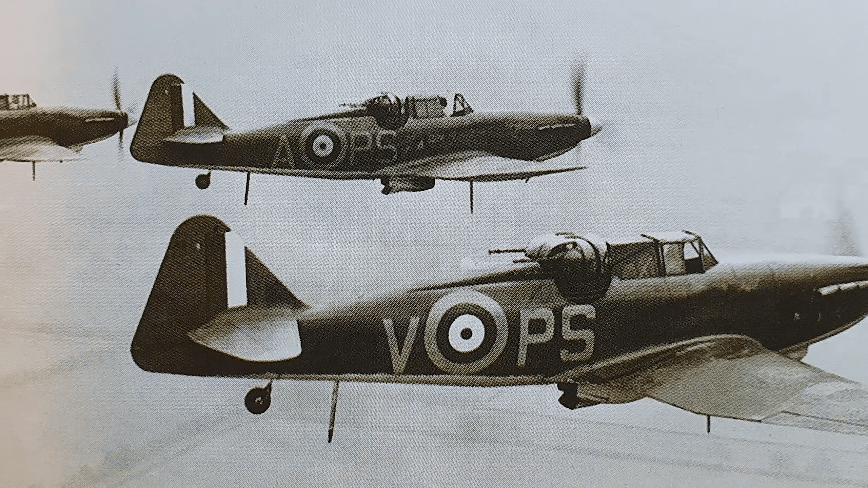
The Defiant’s underslung antenna caused unreliable radio reception, leading to poor coordination. In one incident, seven Defiants were shot down in a single day due to miscommunication.














